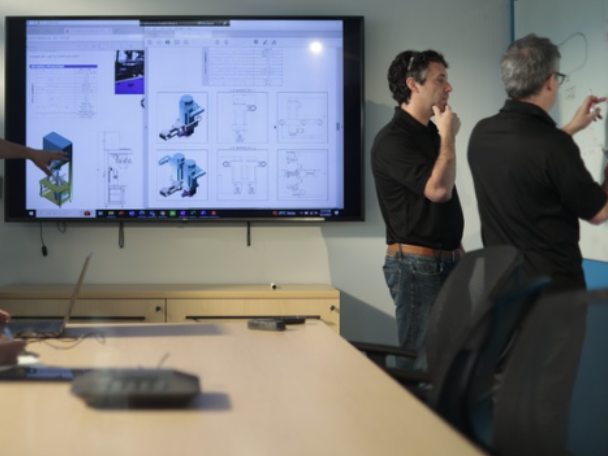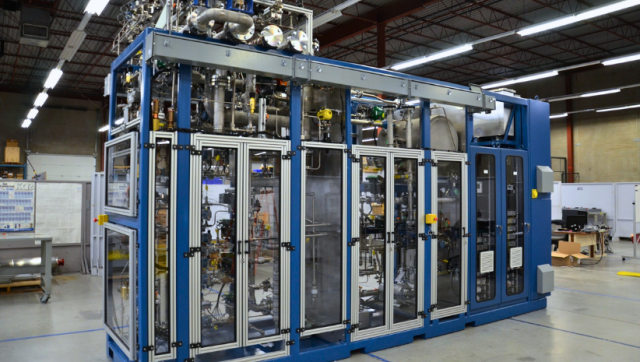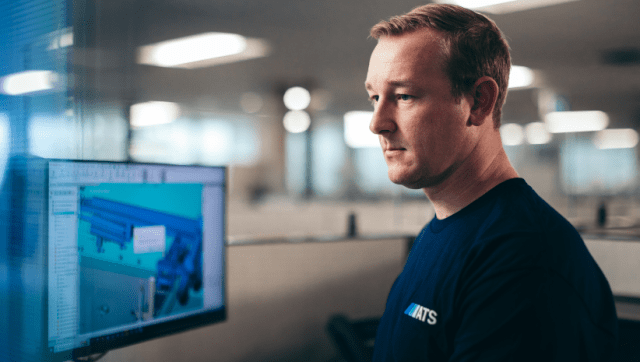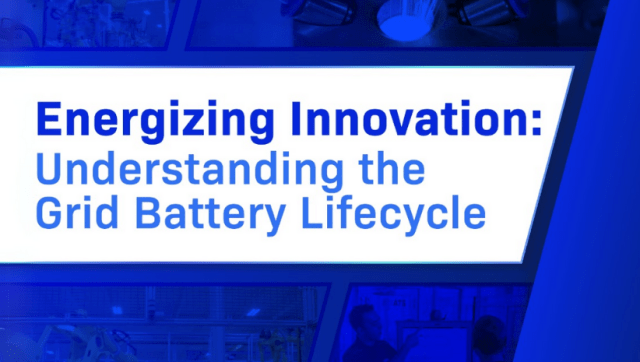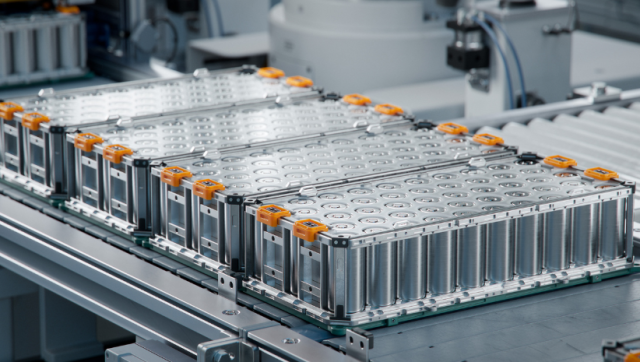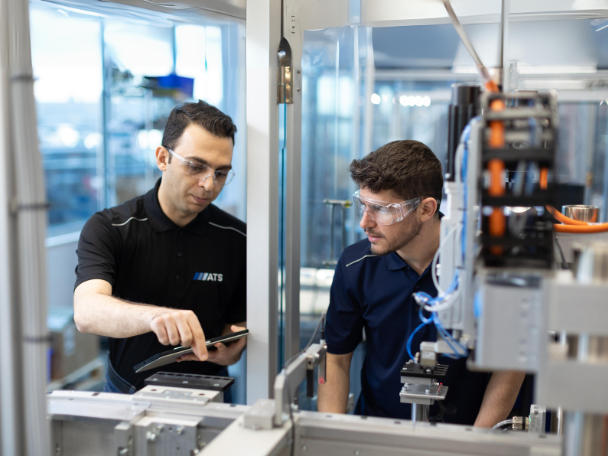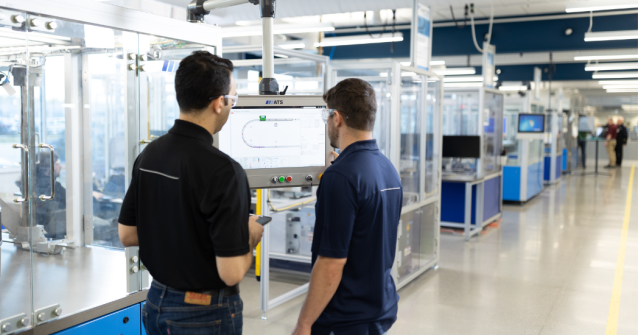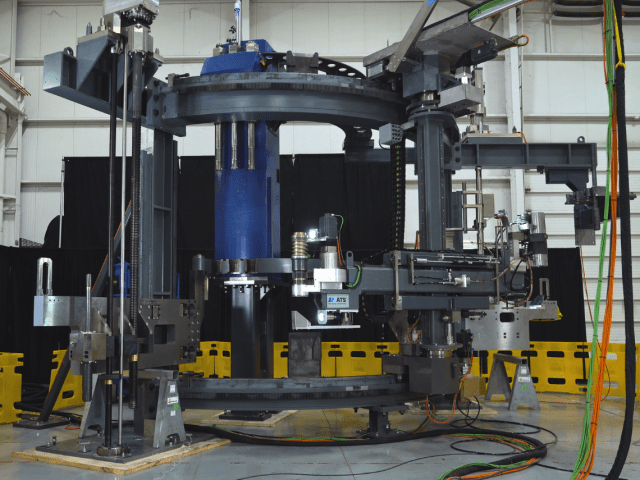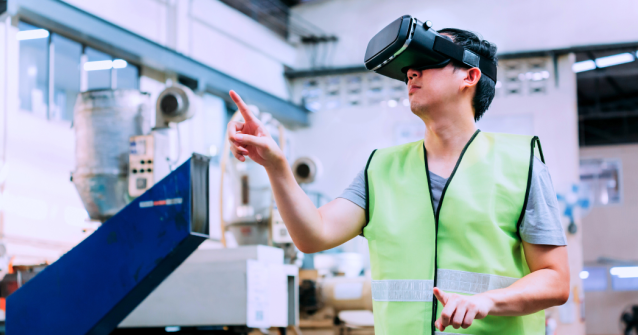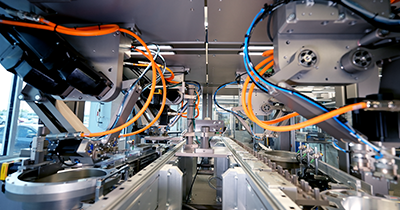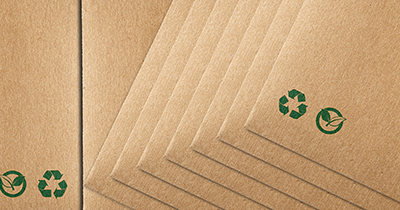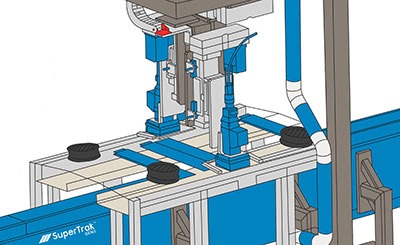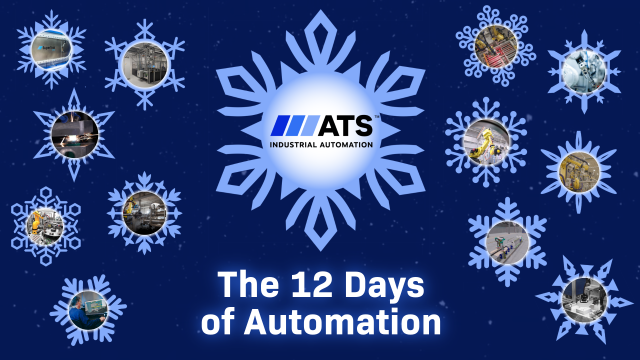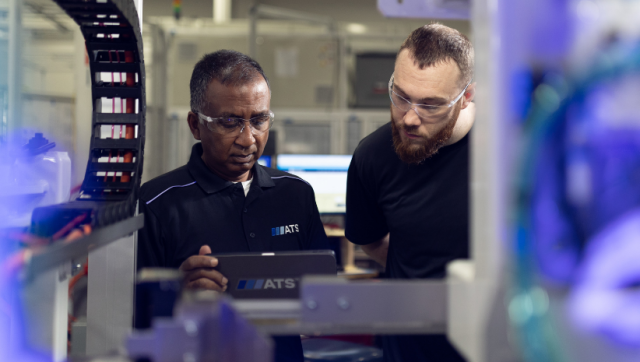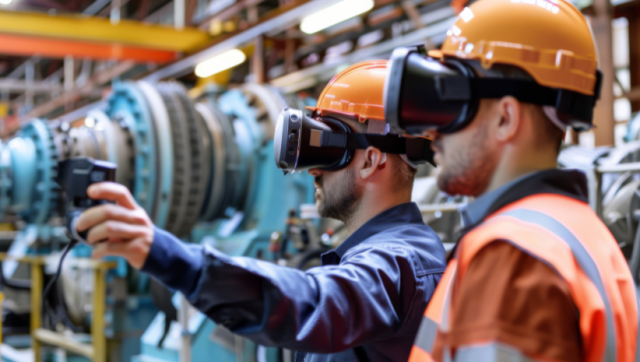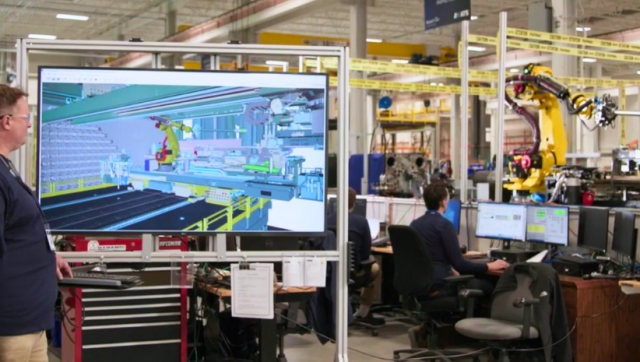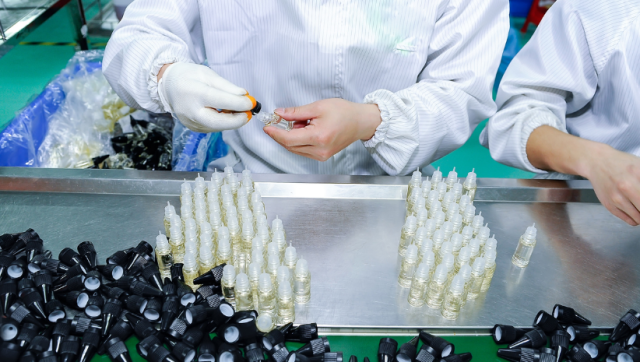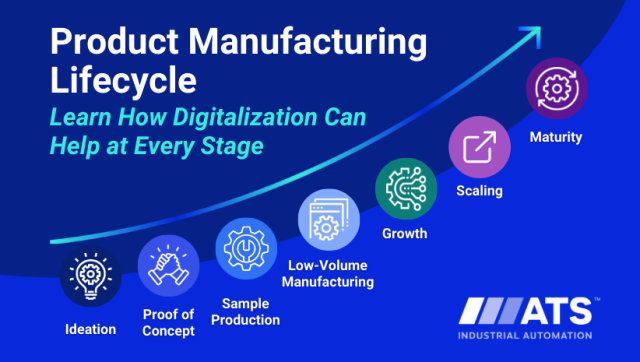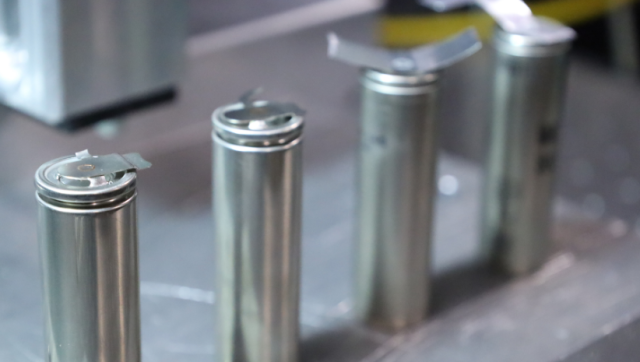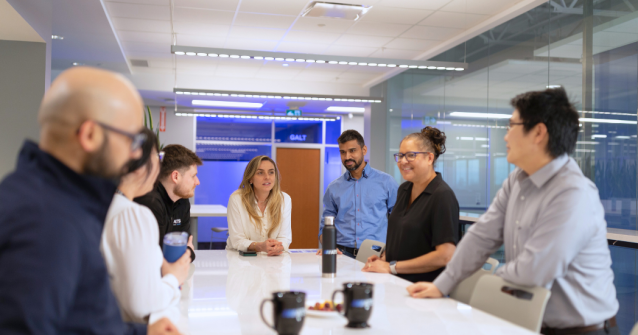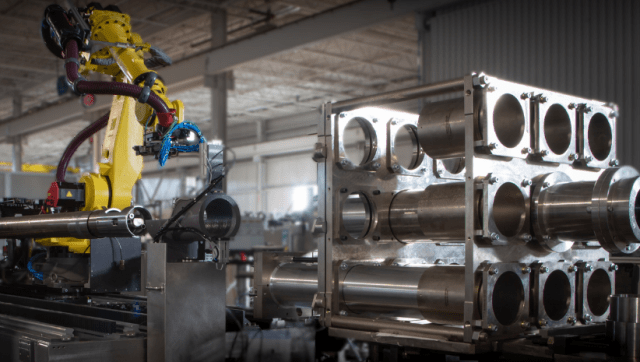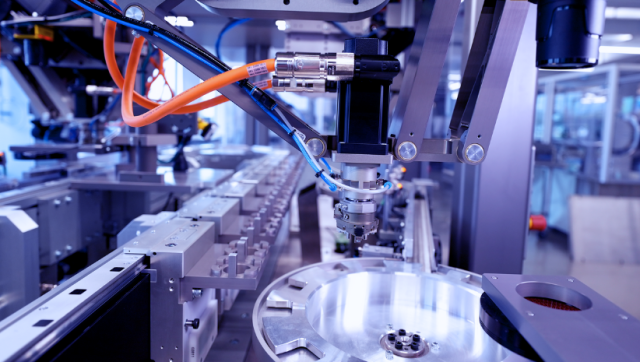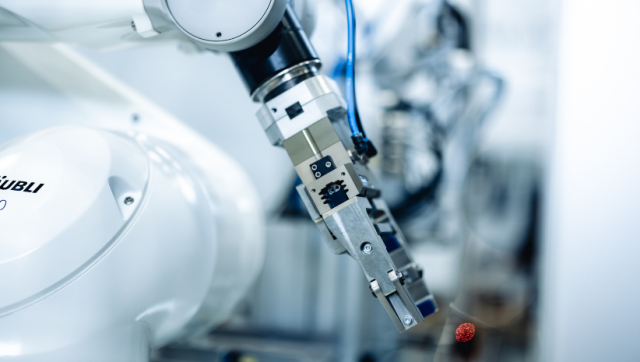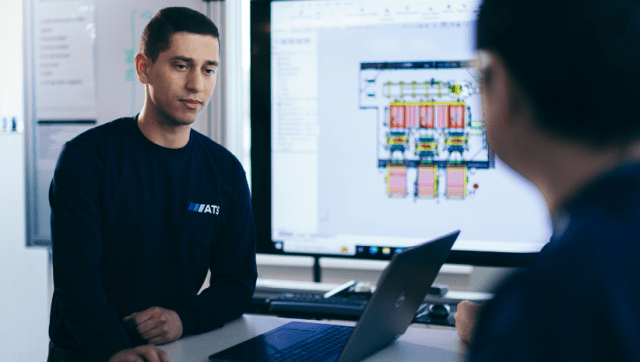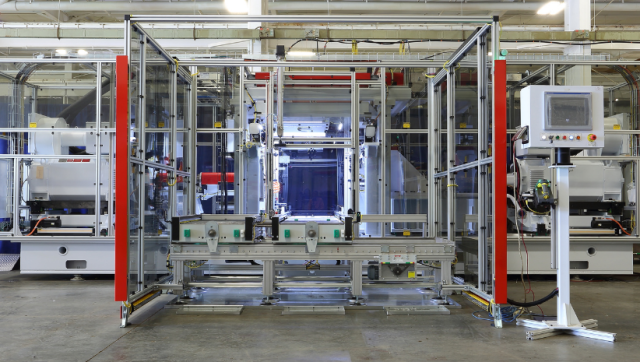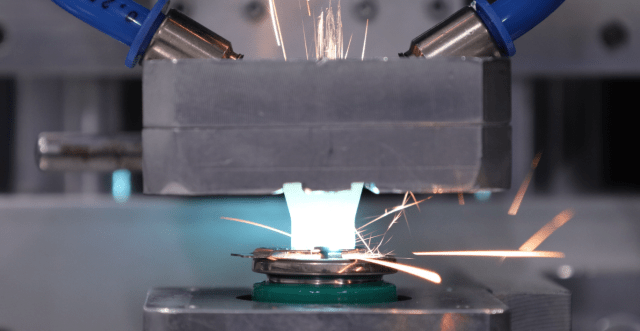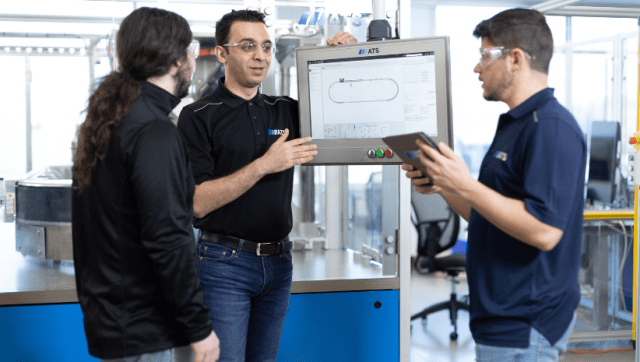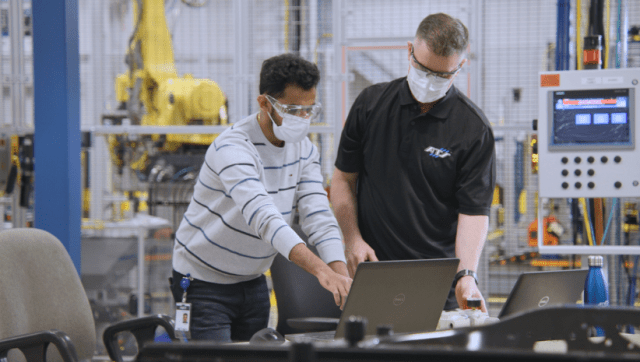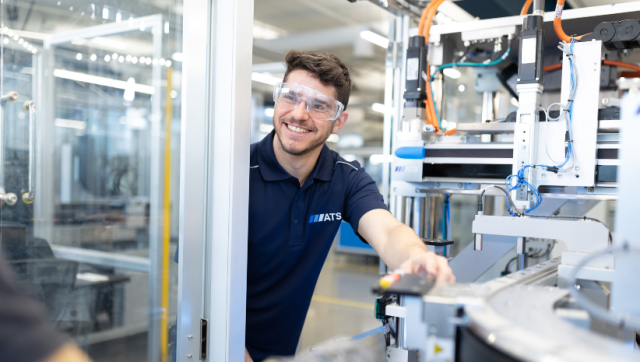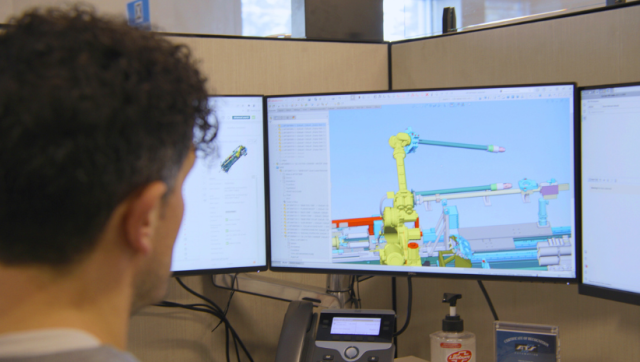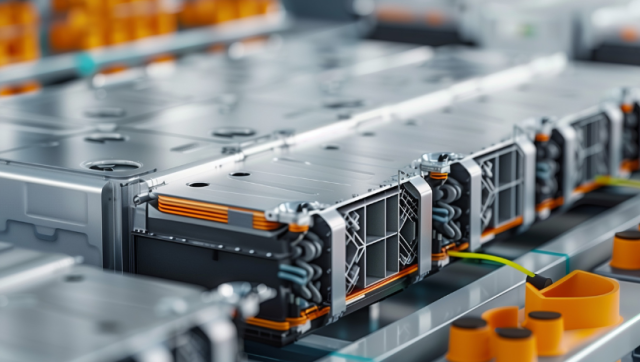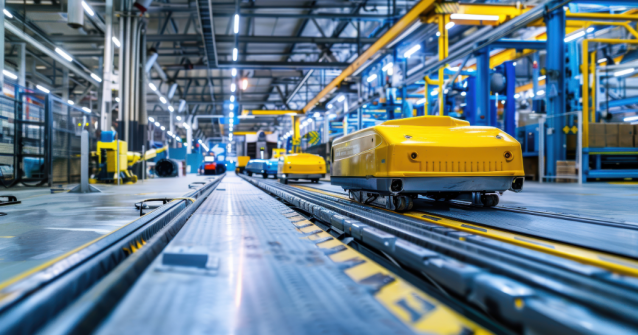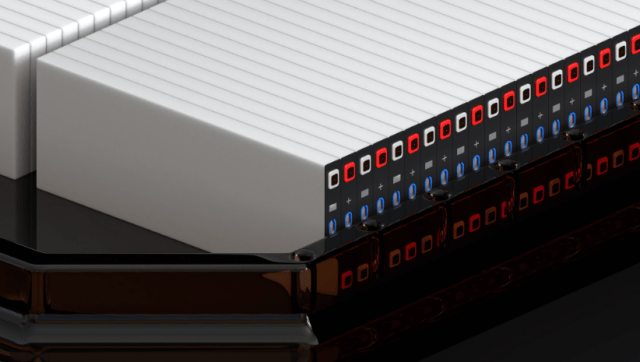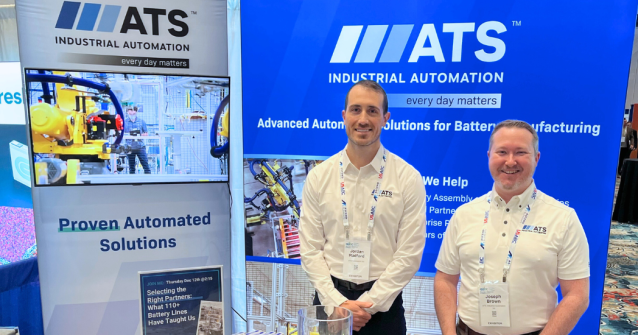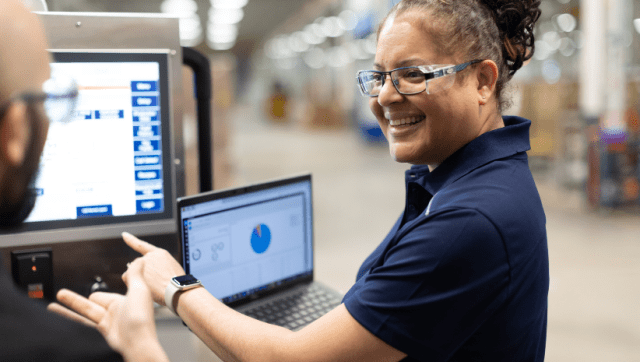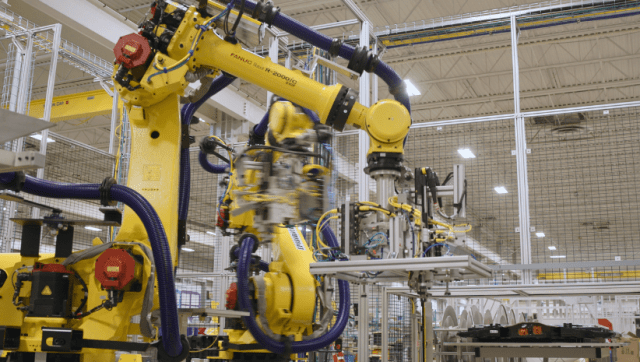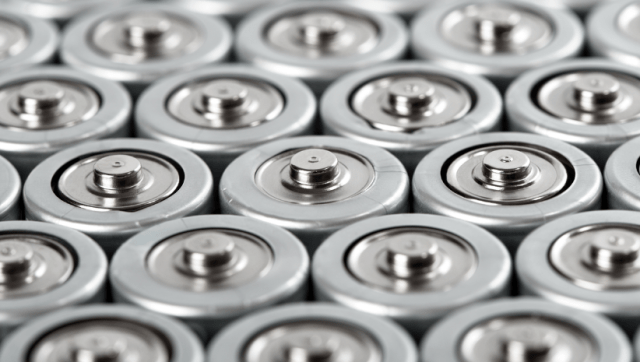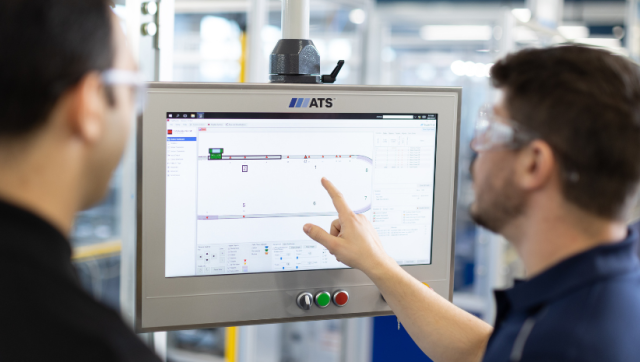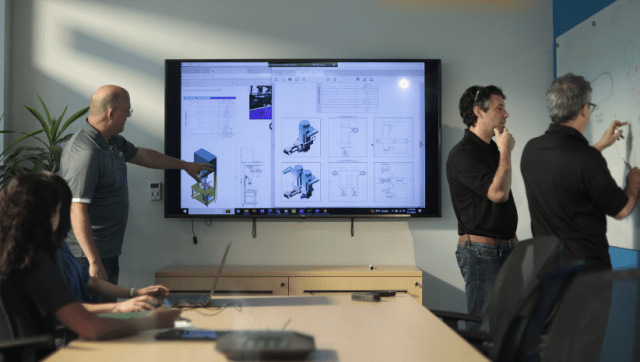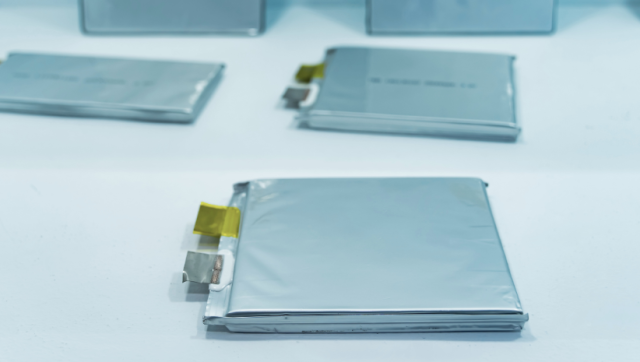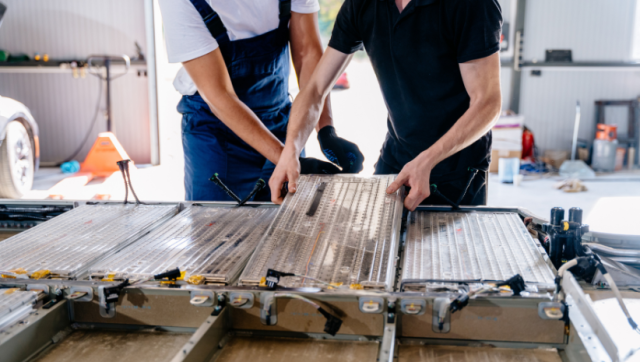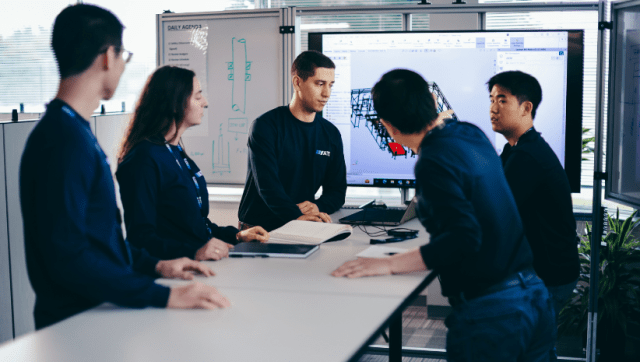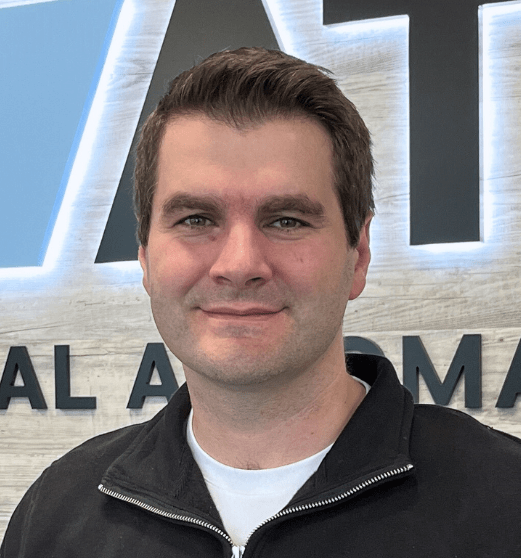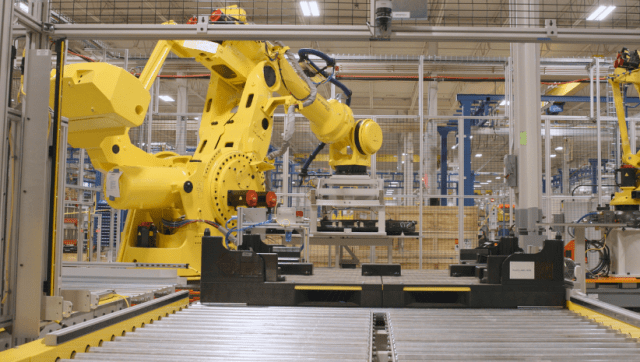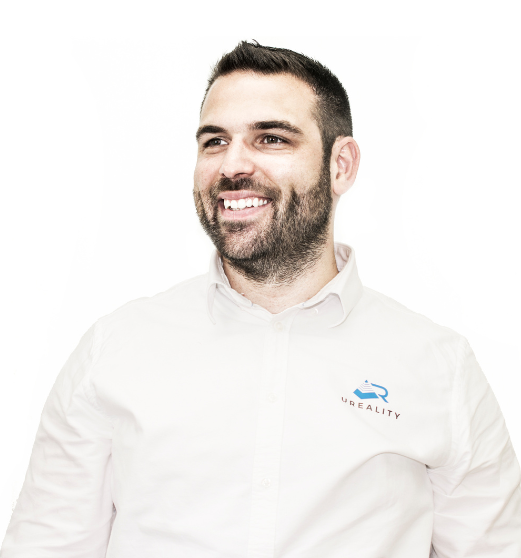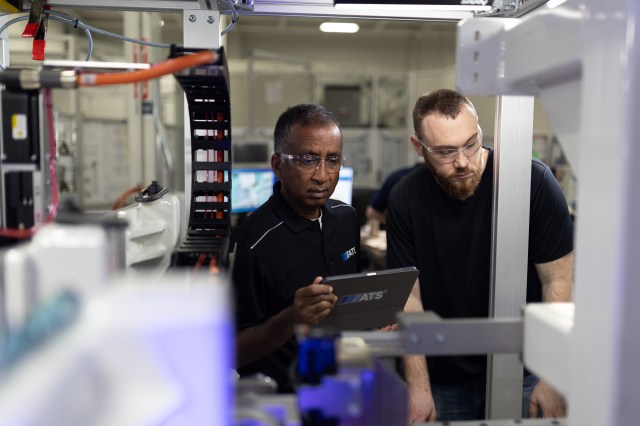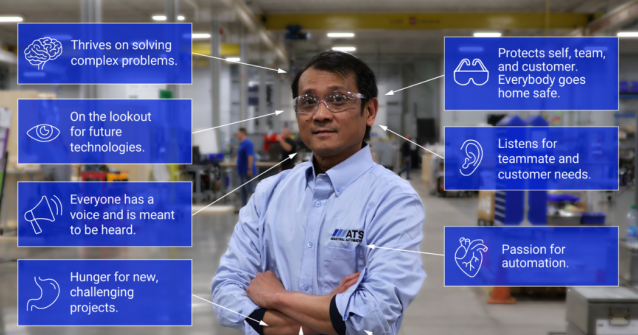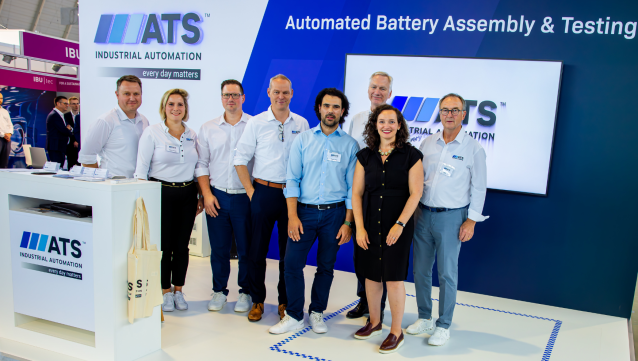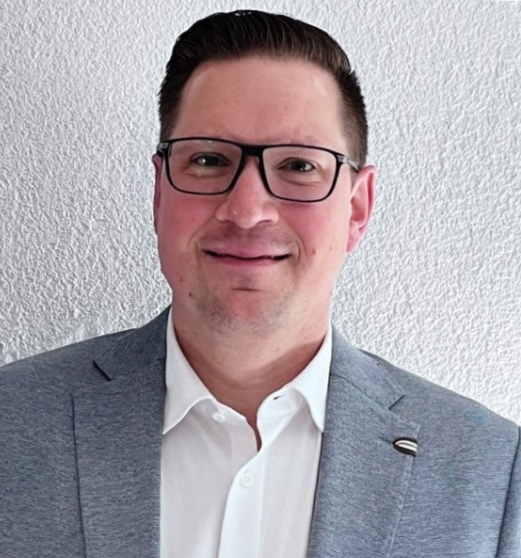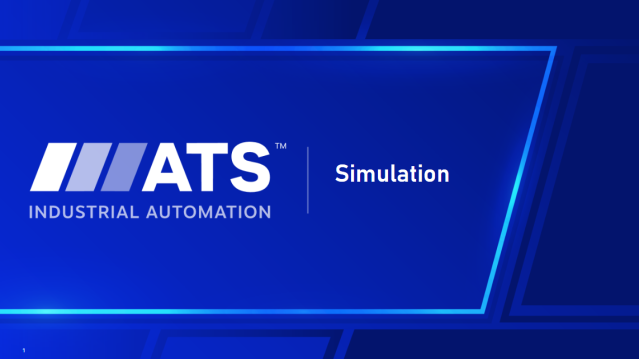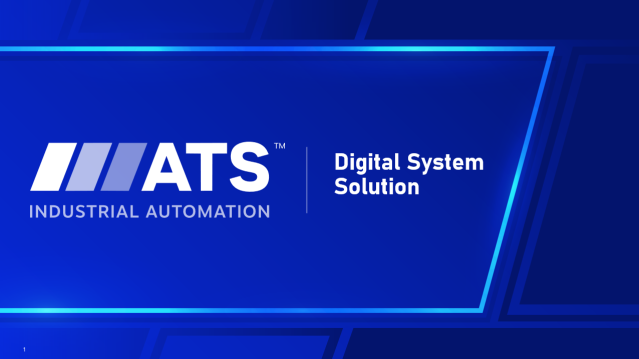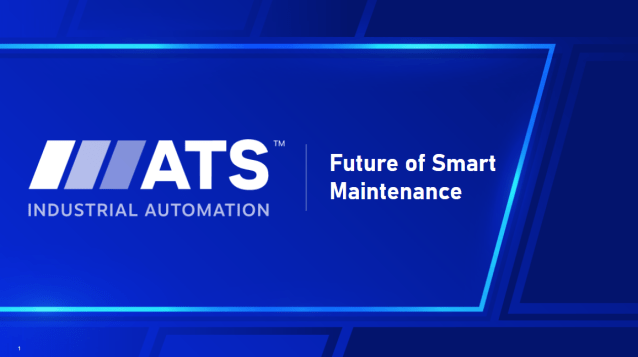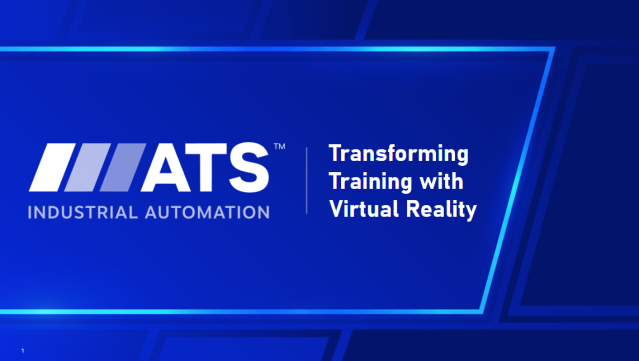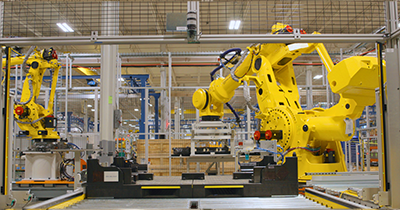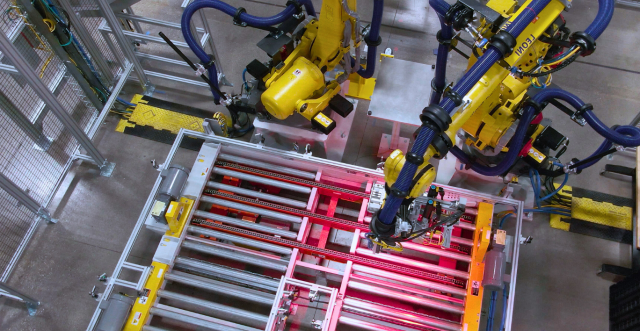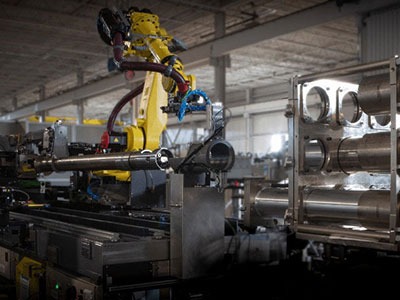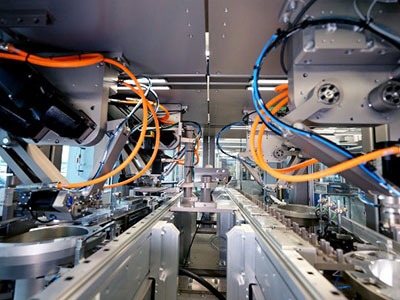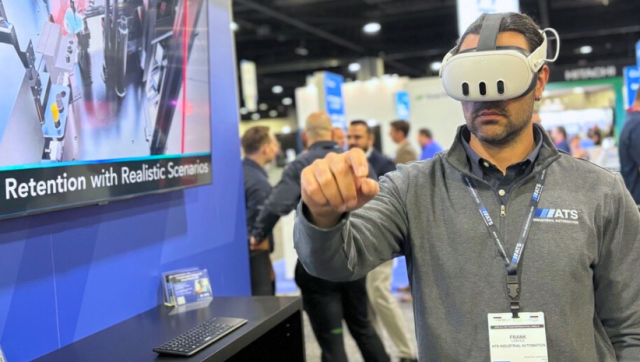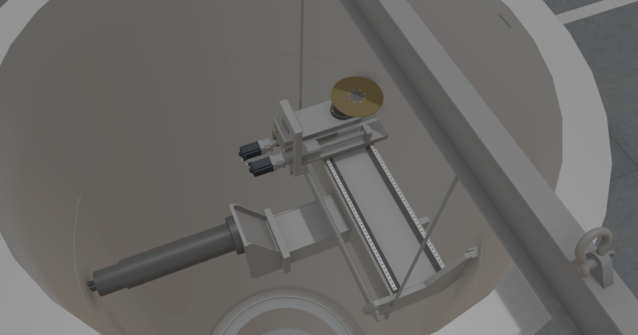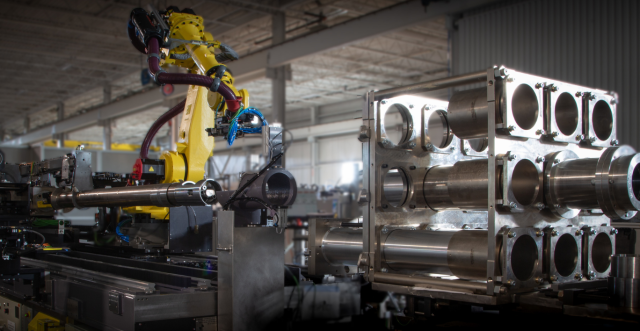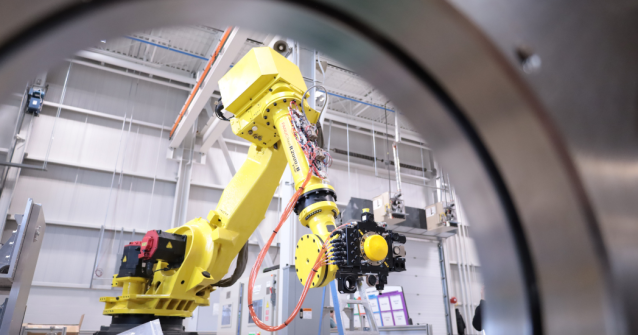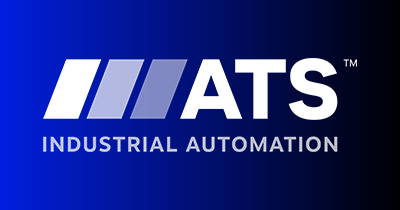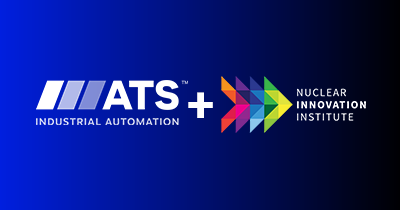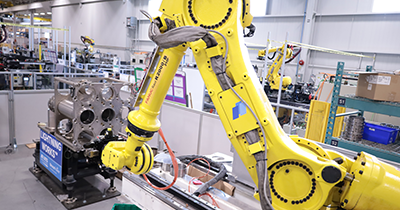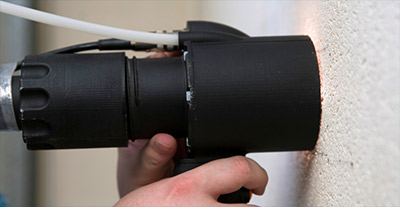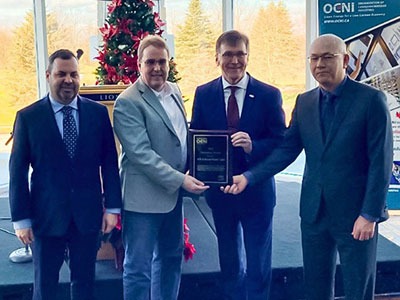Laser welding is a precise and efficient method of joining materials, typically metals, with a concentrated beam of light. It accurately applies high intensity energy rapidly with minimal heat distortion, to enable complex welding geometries, making it advantageous for industries like automotive, aerospace, and electronics.
What is often overlooked in the laser process development is transferring a laser welding process from the lab to a full-scale production. This transition involves more than just technical expertise — it requires careful planning and process development to ensure consistent, high-quality results. Challenges such as inconsistent weld quality, material variations, and inadequate tooling can arise when scaling up.
Understanding the stages of laser welding process development and collaborating with an automation partner with a built-in laser lab can help manufacturers overcome these challenges. This approach ensures a smooth transition to high-volume production by refining processes, optimizing tooling, and tailoring solutions to meet material properties.
Developing a Laser Welding Process
Developing a laser welding process the right way requires a structured, step-by-step approach. We break this down into five (5) stages:
- Materials and Requirements: The process begins with thoroughly understanding the materials and requirements. This foundational step is crucial, as each material has unique properties that affect how it responds to laser welding. Knowing these details helps tailor the process and tooling to meet specific needs, ensuring the correct parameters are used from the outset. Using this knowledge, you can leverage what you’ve learned in the past to select the appropriate laser source, optics and motion platform.
- Bead-on-Plate: This step focuses on creating a clean, consistent weld bead on a single piece of material. It helps establish the correct laser speed and power settings to achieve desired results. Ensuring your initial laser parameters (ex. speed, wobble, power) create a good quality bead.
- Coupons Stage: The next step is to connect multiple pieces together – introducing a small ‘gap’ between the pieces. This stage builds off of the learnings from the bead-on-plate to confirm you can maintain a good weld given the addition of the minute gap between the pieces.
- Single Part Approach: For weld processes that have multiple repeat weld positions, start with a single part. Start with one fixed position and confirm the weld process is repeatable to validate the established parameters. This stage ensures the process is repeatable and effective under realistic production conditions.
- Multi-Part Approach: The final stage tests the same parameters across multiple components in an array. This step evaluates how the process performs at scale, ensuring it is robust and ready for full production. The weld parameters may change slightly depending on the laser’s position in the optics. Factors to consider are beam angle, beam distortion by the lens at different positions, parallelism of the optic with respect to the workpiece etc.
Challenges in Laser Process Development
One of the primary challenges in developing a laser welding process is understanding the materials used. As mentioned above, each material has its own welding requirements. For example, if you are welding dissimilar materials like aluminum and steel, the differences in their thermal properties can cause difficulties in achieving a strong bond. Additionally, excessive mixing in the weld pool will result in the formation of brittle intermetallics. Addressing these challenges requires a deep understanding of material science and the ability to tailor the process to accommodate the unique properties of each material.
Another challenge is properly designing a process and automated tooling to manage heat input, prevent distortion, and deliver consistent weld quality. Tooling must be designed to securely and precisely hold parts during welding, preventing issues such as gaps or misalignment that can compromise the quality of the weld. A general rule of thumb is for gaps to not exceed 10% of the joint thickness.
“You can’t weld air”
Scaling for Production
Once you have developed an initial laser welding process, it’s time to scale from the lab (or test environment) to production. This involves several critical steps to ensure a smooth transition. The process begins with a pilot line , where low volumes of parts are produced using tooling that represents the production process. This allows the product manufacturing team to identify and resolve any issues that may arise, ensuring that the process parameters and tooling are optimized before moving to full-scale production. When the pilot line stage is completed, the process advances to the production line stage , where production-ready tooling operates at the required cycle time to meet the demands of full-scale manufacturing.
A Structured Approach
Bringing a laser process from lab to production requires a structured approach. At ATS Industrial Automation, we work with our laser partners and in-house laser lab to provide a controlled environment to test tooling while refining the laser welding processes.
Our material science, automation, and laser experts have a wealth of knowledge and experience, integrating laser processes seamlessly into automated assembly lines. Our experts work with customers to understand their requirements and materials to develop a welding process, tooling, and customized clamping systems that are optimized for their unique product and manufacturing requirements.
By designing automated tooling and clamping systems in parallel with the laser process, our team can make real-time adjustments and refinements. Our in-house machining capabilities and rapid prototyping facilities enable our team to quickly develop and test custom tooling solutions, ensuring the final product is production ready. This approach not only enhances the quality of the welds but also reduces the time and cost associated with rework.
Leveraging an automation partner can also provide valuable insights into optimizing the laser process for scalability, ensuring it can be efficiently replicated across multiple production lines. At ATS Industrial Automation, we have delivered over 110 battery assembly and test lines. We have proven experience developing and scaling precision-based welding processes from the lab to the most demanding high-volume production lines.
Every laser welding process is unique. Allow us to listen to your challenges and share how automation can launch your project on time.

Andrew Michael
Laser Process Specialist
ATS Industrial Automation
Andrew Michael is a skilled laser process specialist with extensive experience in developing and optimizing laser welding techniques. He is dedicated to advancing manufacturing processes through innovative laser applications and ensuring high-quality, precise results in various industrial settings.




